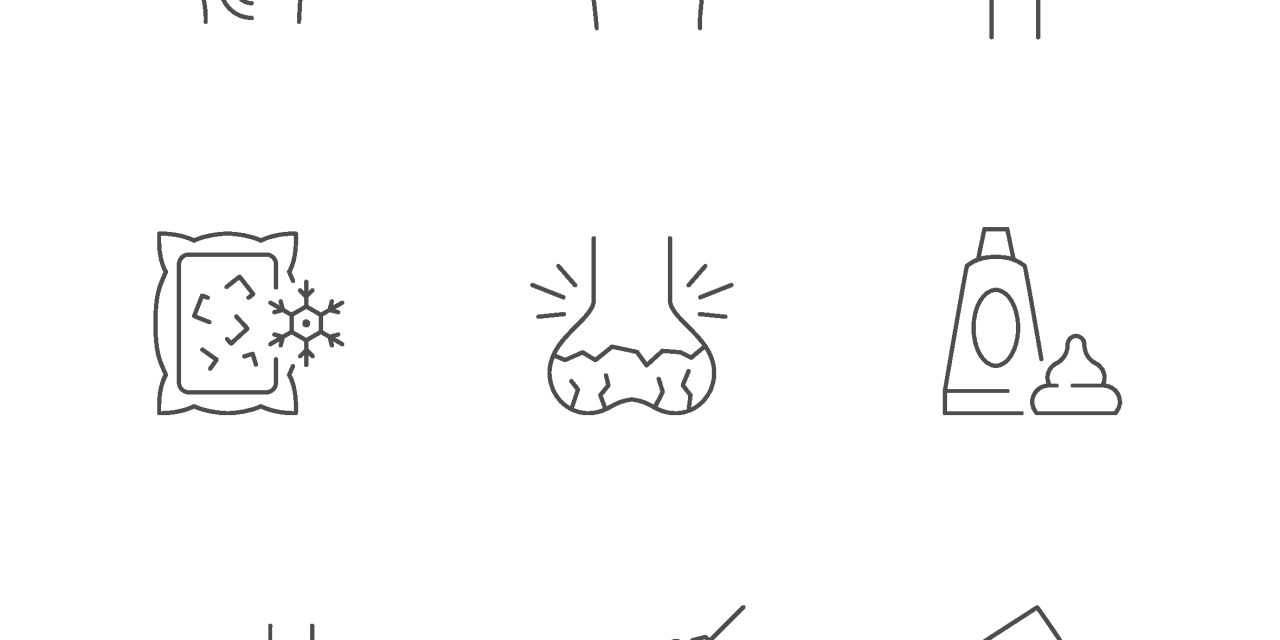This study aimed to evaluate the severity of syndesmophytes and its correlation with the spinopelvic and clinical outcomes in ankylosing spondylitis (AS) patients.
41 consecutive AS patients underwent pedicle subtraction osteotomy (PSO) surgery from our institution were reviewed. CT syndesmophyte score (CTSS), a novel method of evaluating the severity of syndesmophytes, was applied to assess the syndesmophytes of the whole, cervical, thoracic and lumbar spine. The measured spinopelvic parameters included global kyphosis (GK), sagittal vertical axis (SVA), lumbar lordosis (LL), pelvic incidence (PI), pelvic tilt (PT) and sacral slope (SS). The Oswestry disability index (ODI) questionnaire, C-reactive protein (CRP) and erythrocyte sedimentation rate (ESR) were administered to evaluate the clinical outcome. The Pearson correlation test was performed to identify the correlations between syndesmophytes, spinopelvic and clinical parameters.
Pearson analysis demonstrated that the whole CTSS (WCTSS), cervical CTSS (CCTSS), thoracic CTSS (TCTSS) and lumbar CTSS (LCTSS) were correlated with each other significantly (P<0.05). All the CTSSs were positively correlated with age, disease duration, and PT (P<0.05), respectively. Besides, both SVA and LL were significantly related to WCTSS, CCTSS, and LCTSS (P<0.05), respectively. ODI was negatively correlated with the WCTSS (r=-0.312, P<0.05), TCTSS (r=-0.314, P<0.05), and LCTSS (r=-0.343, P<0.05), respectively.
In advanced AS, old age and long disease duration are risk factors for the progression of syndesmophytes. The progression of syndesmophytes may contribute to spinal sagittal malalignment. With the serious syndesmophytes, pelvic retroversion seems to be the major compensatory mechanism for spinal sagittal malalignment.
Copyright © 2020 Elsevier Inc. All rights reserved.
Is there any correlation of the severity of syndesmophytes with spinopelvic and clinical parameters in advanced ankylosing spondylitis?


